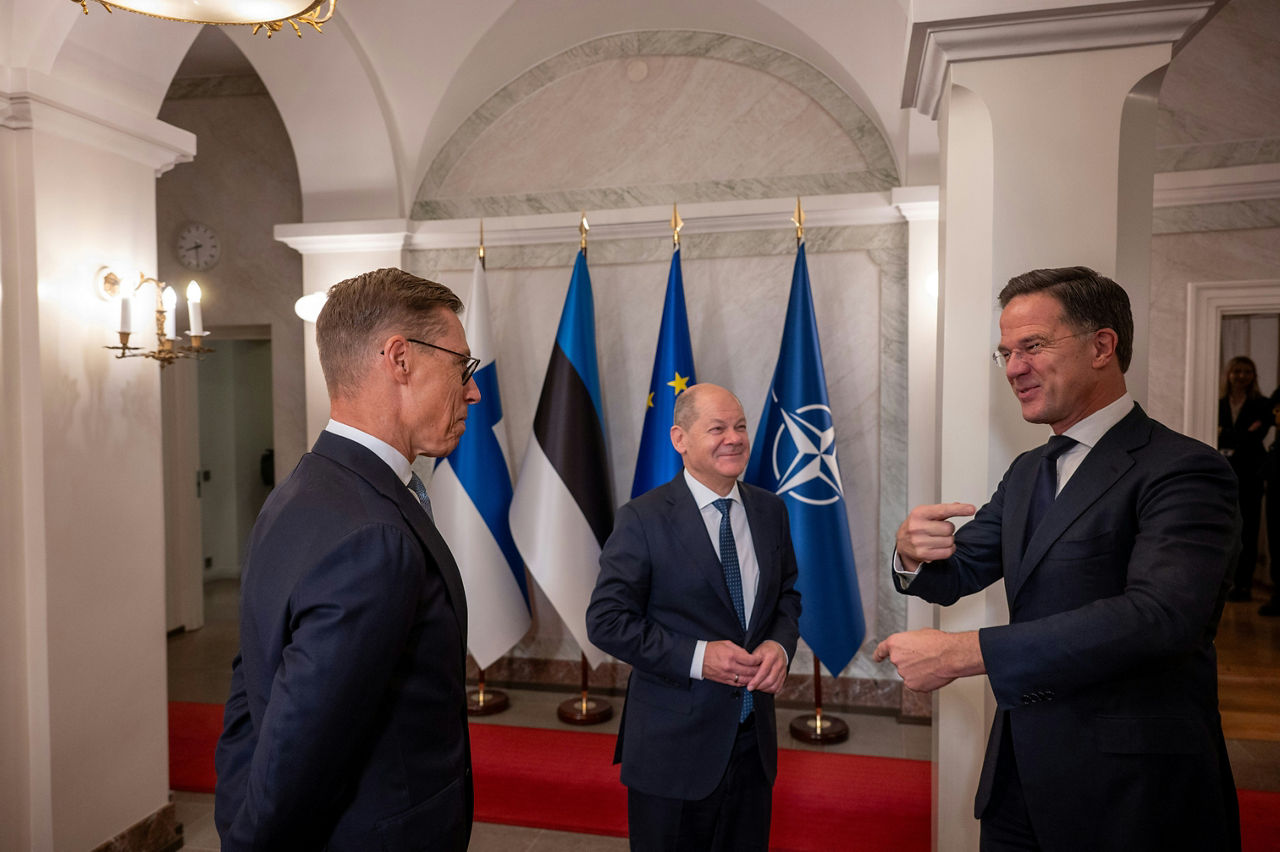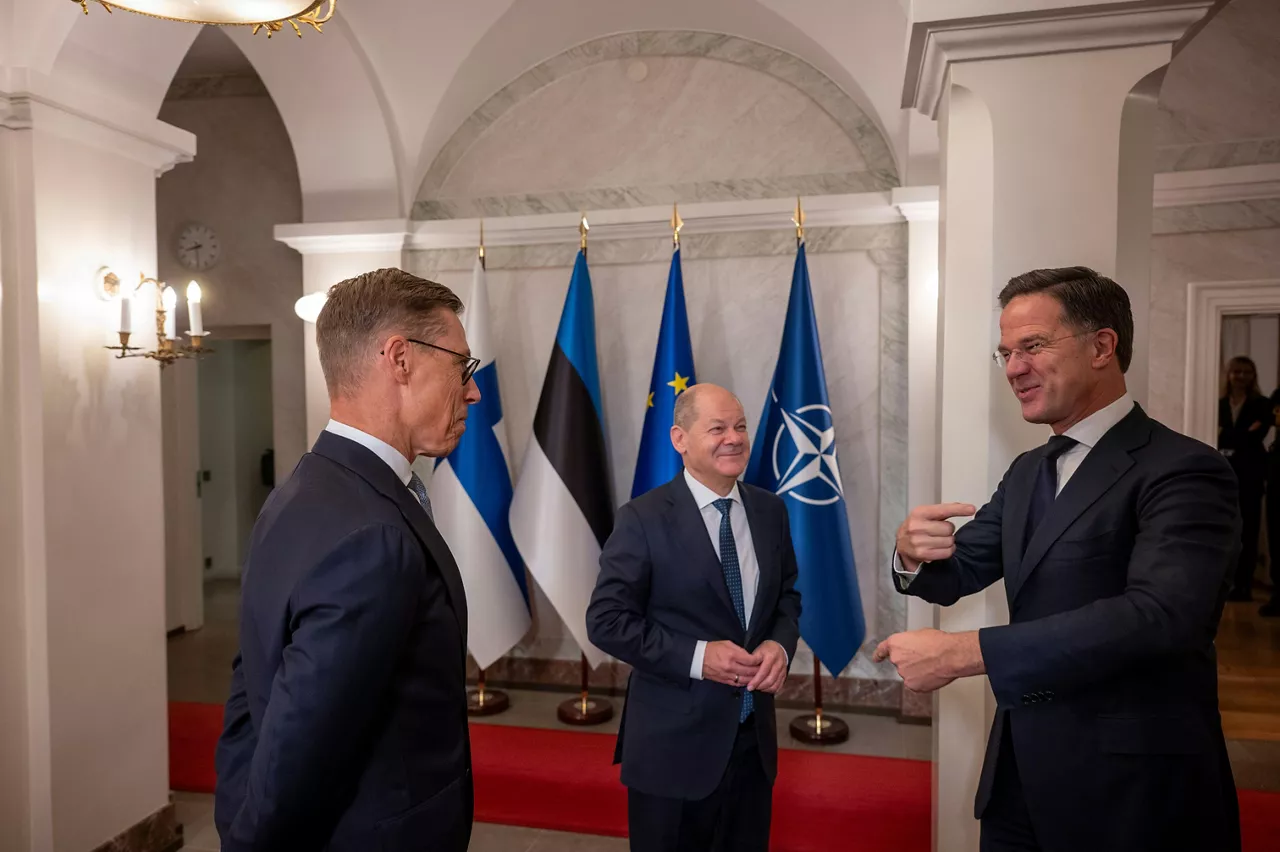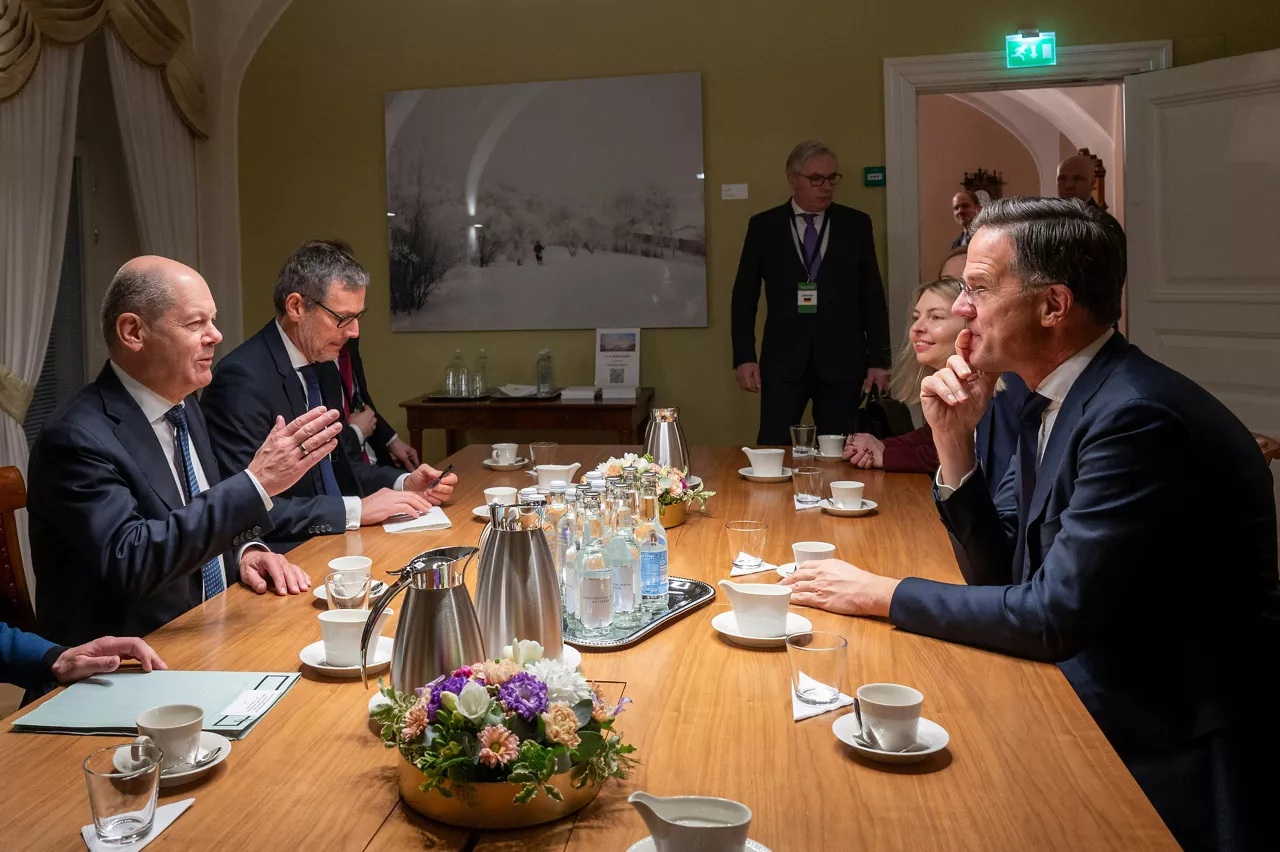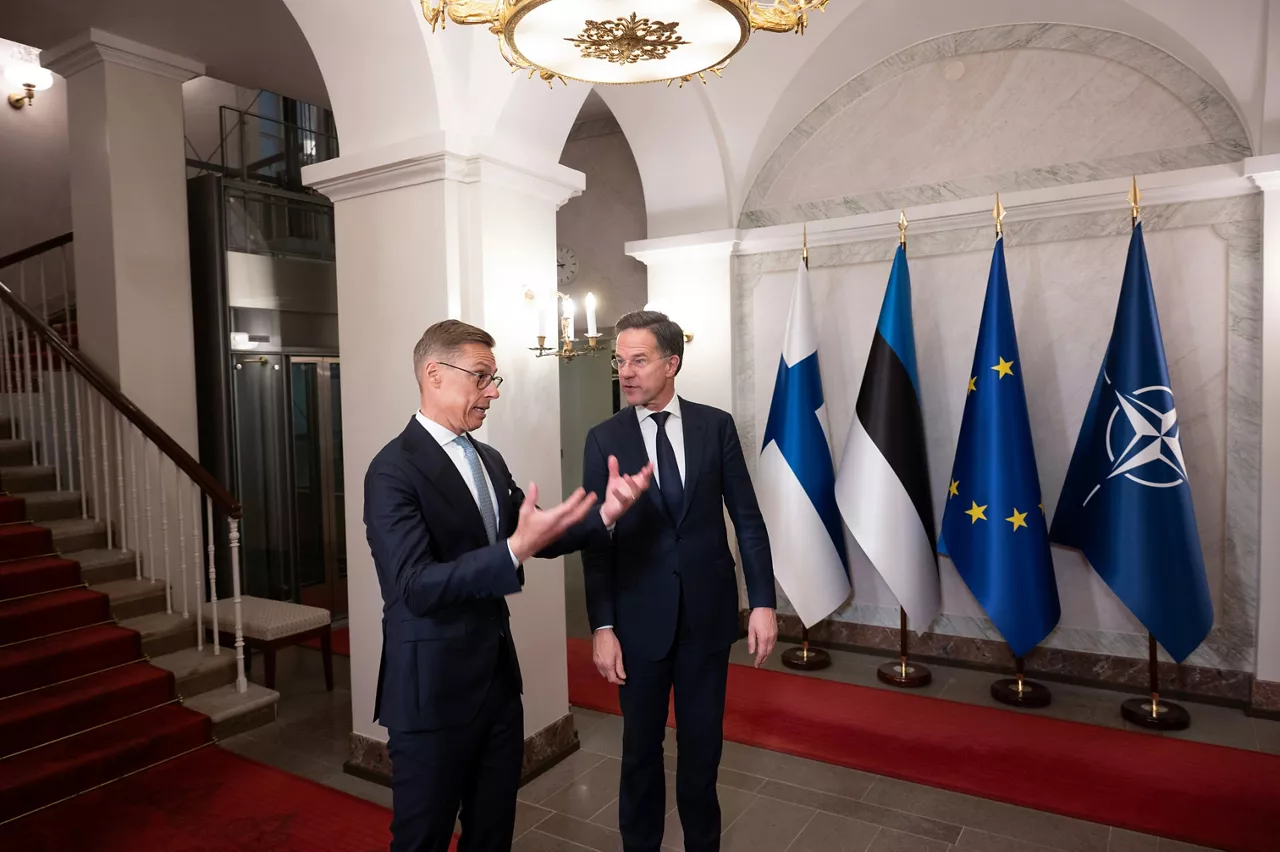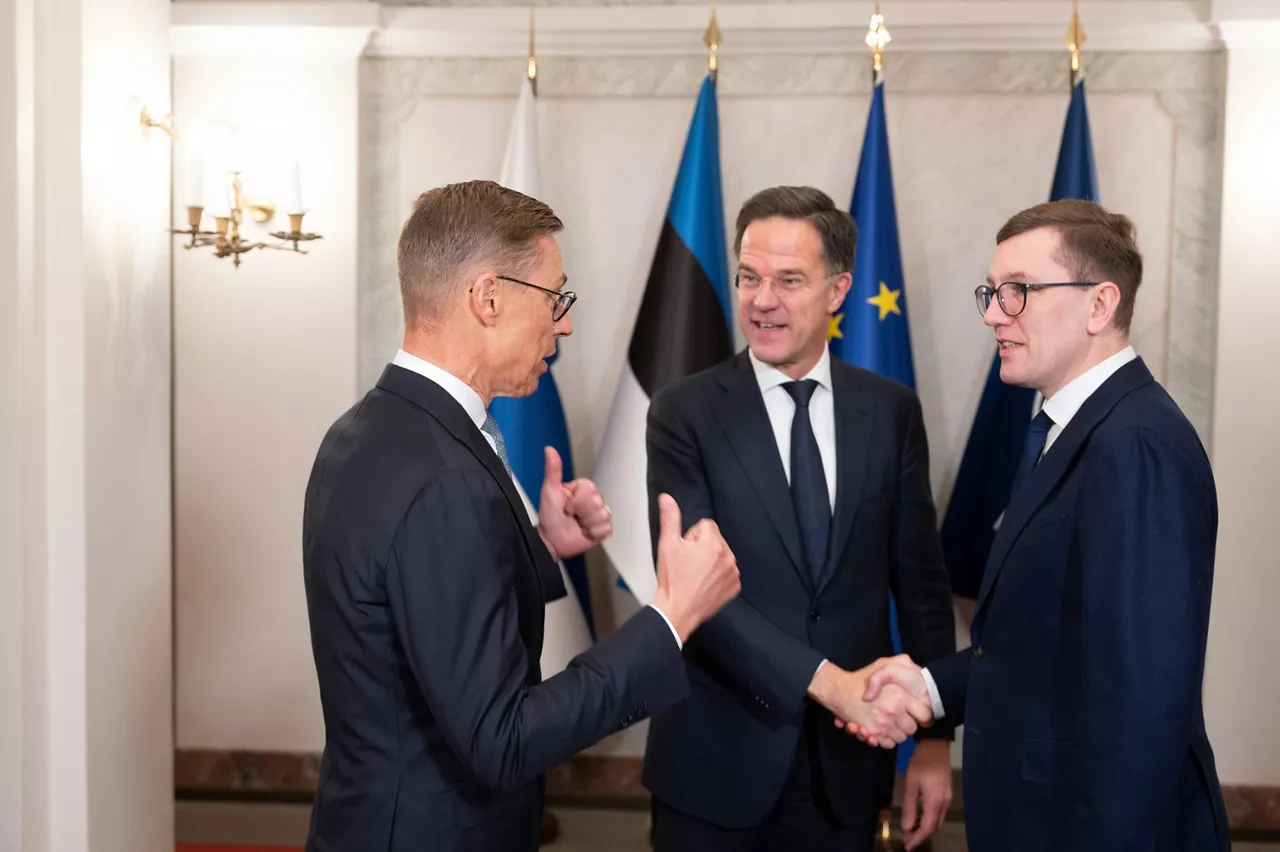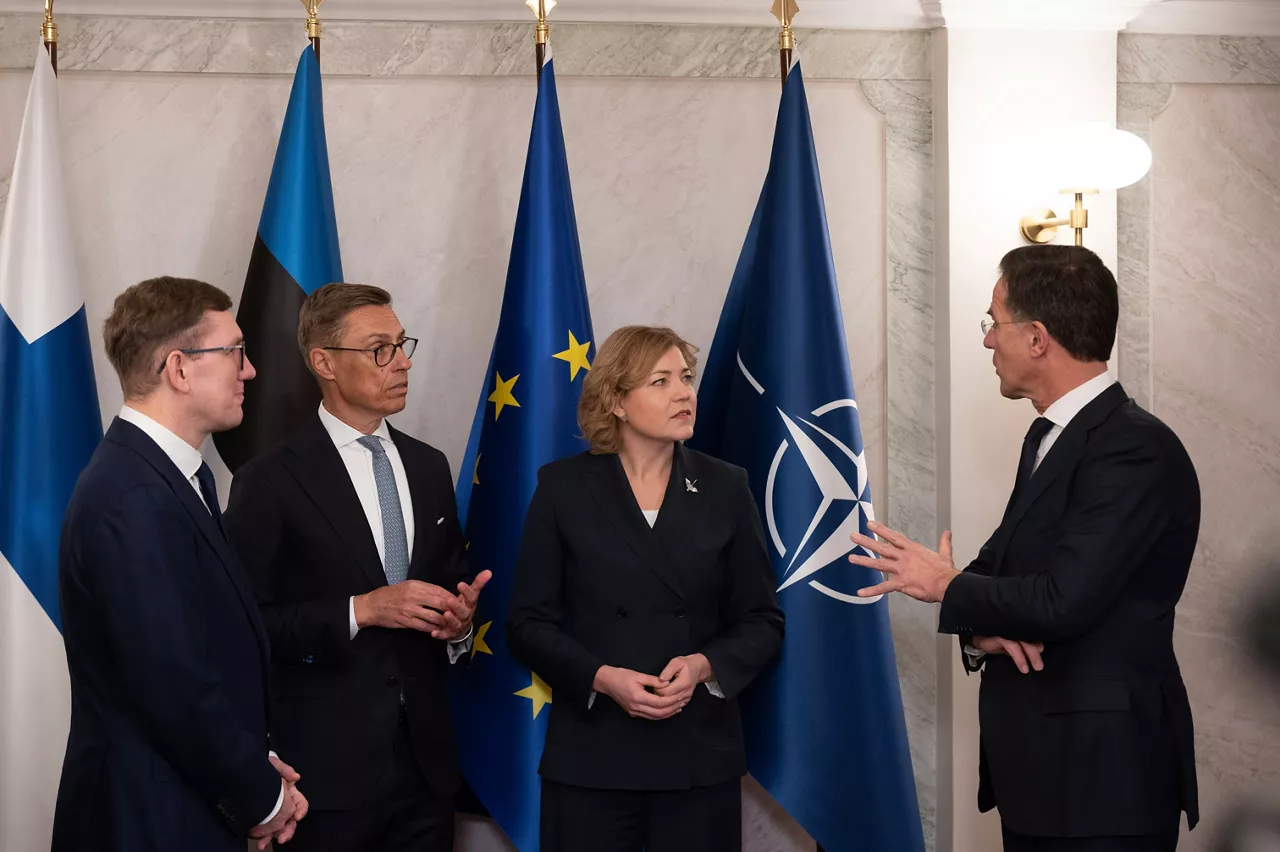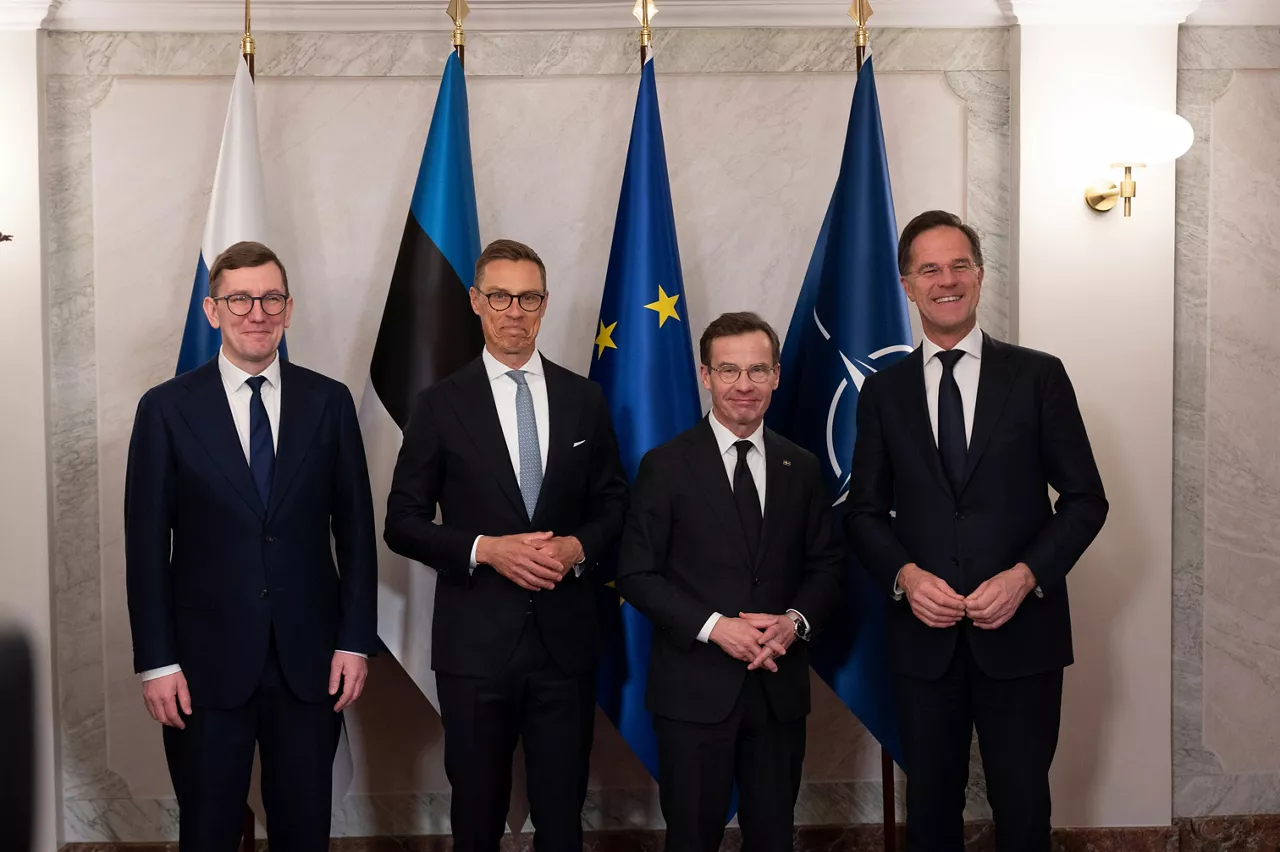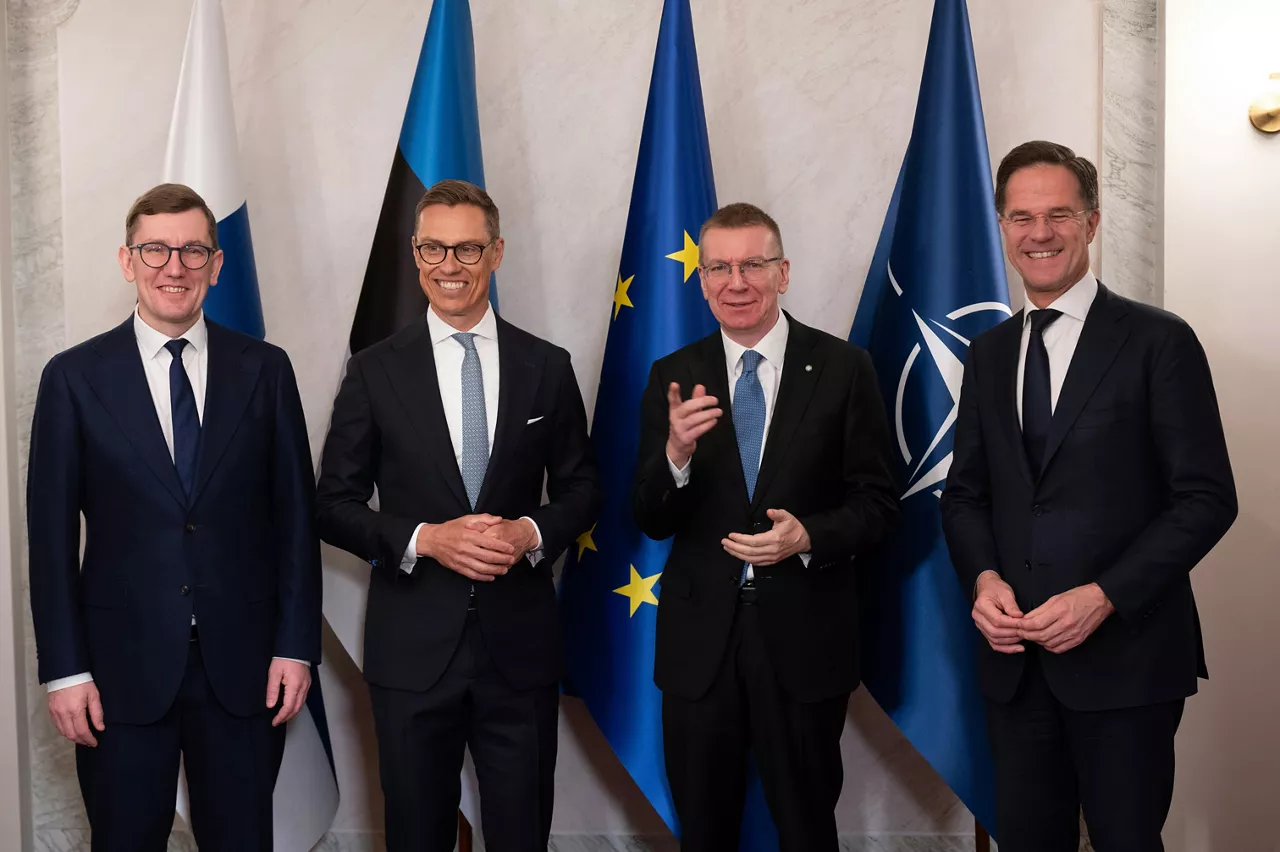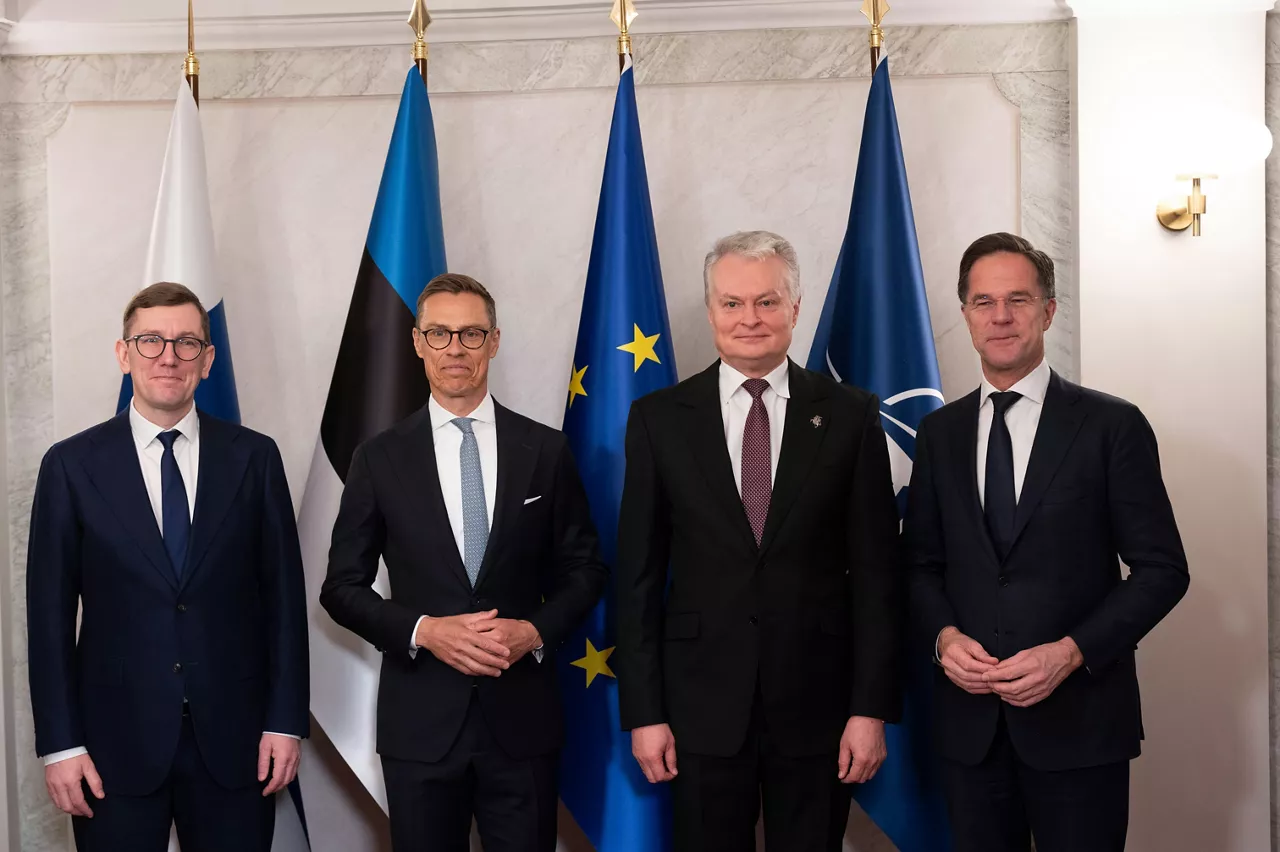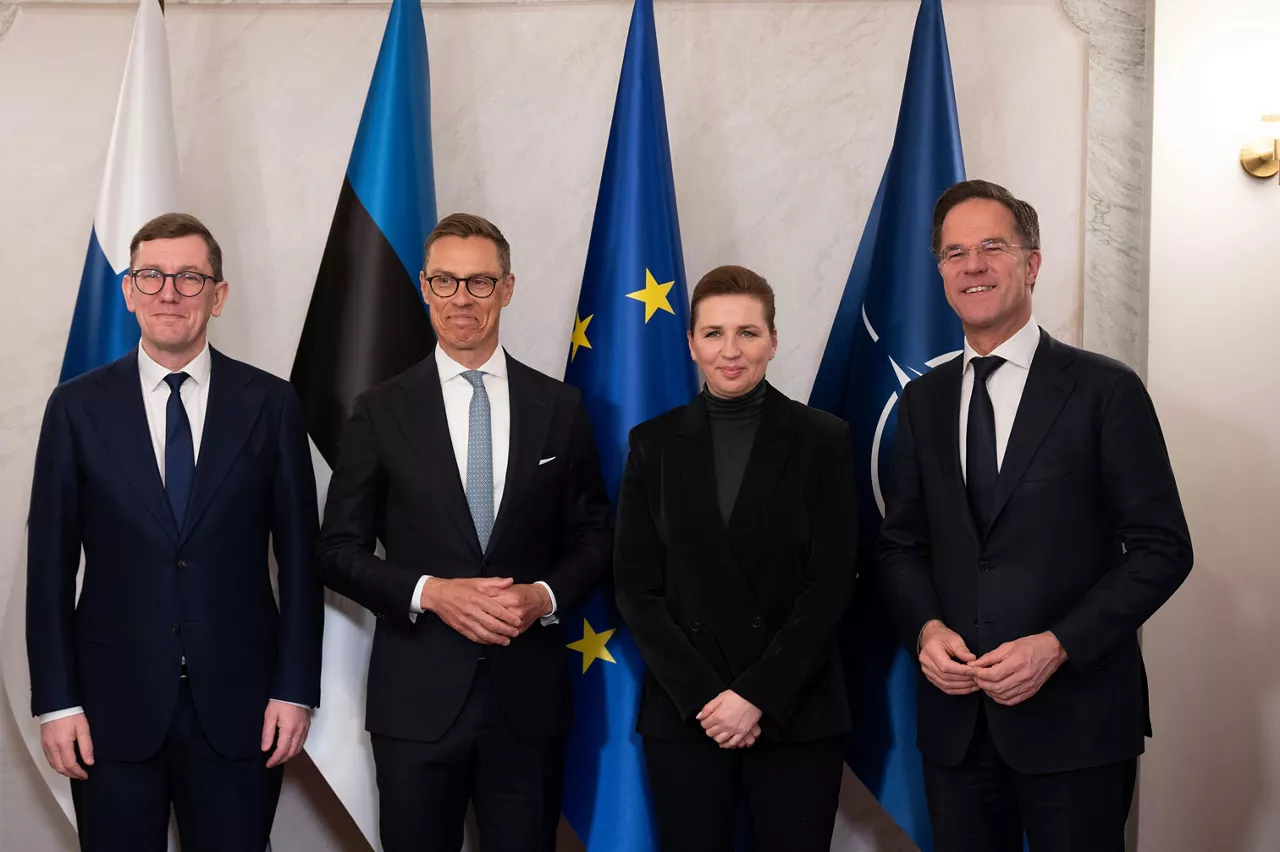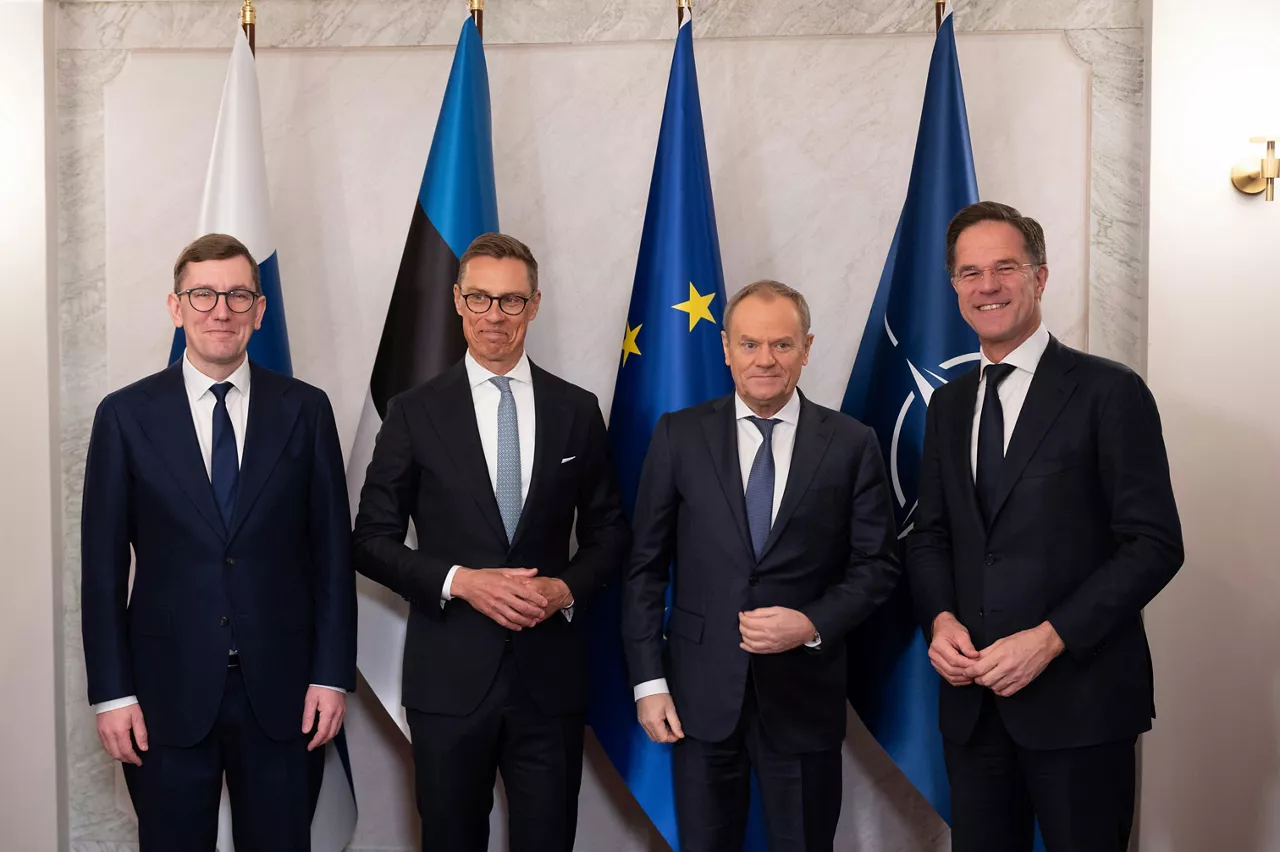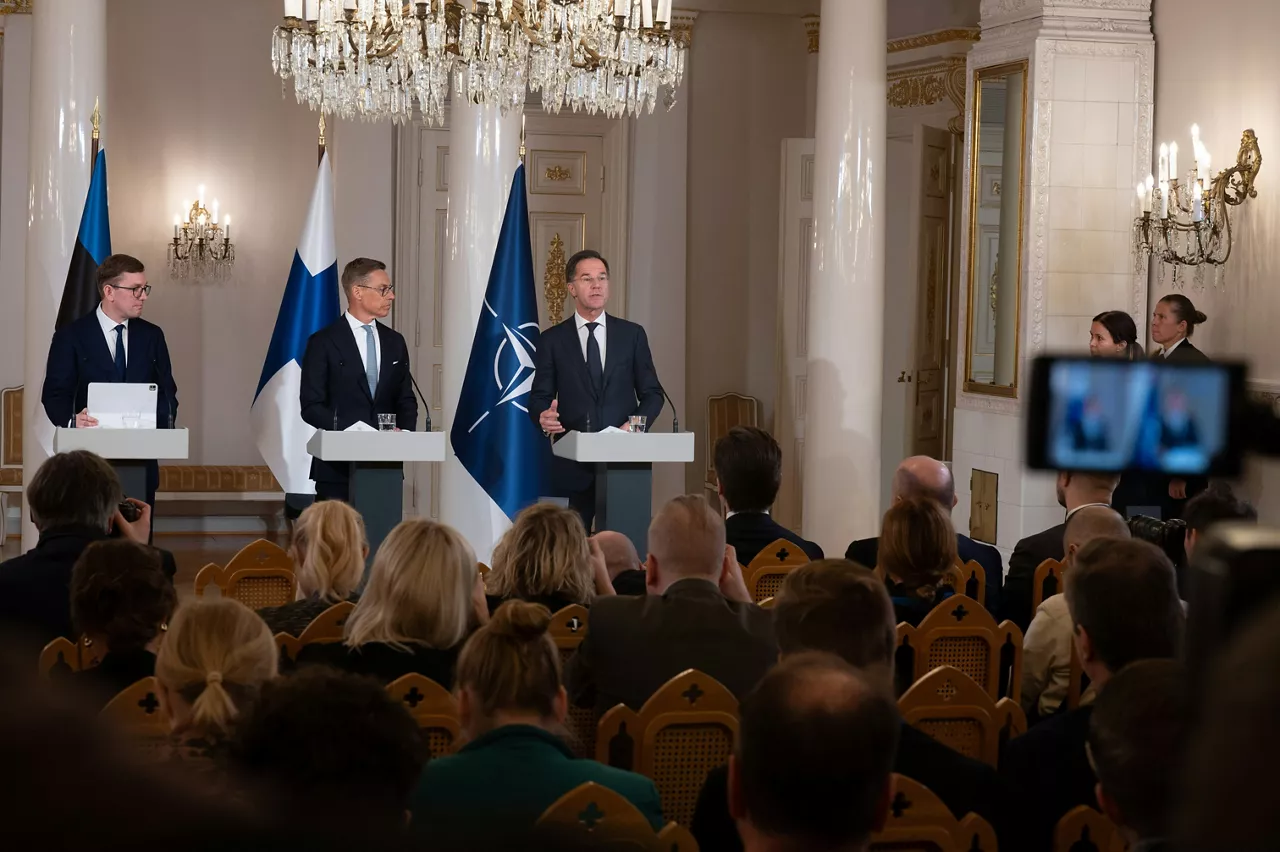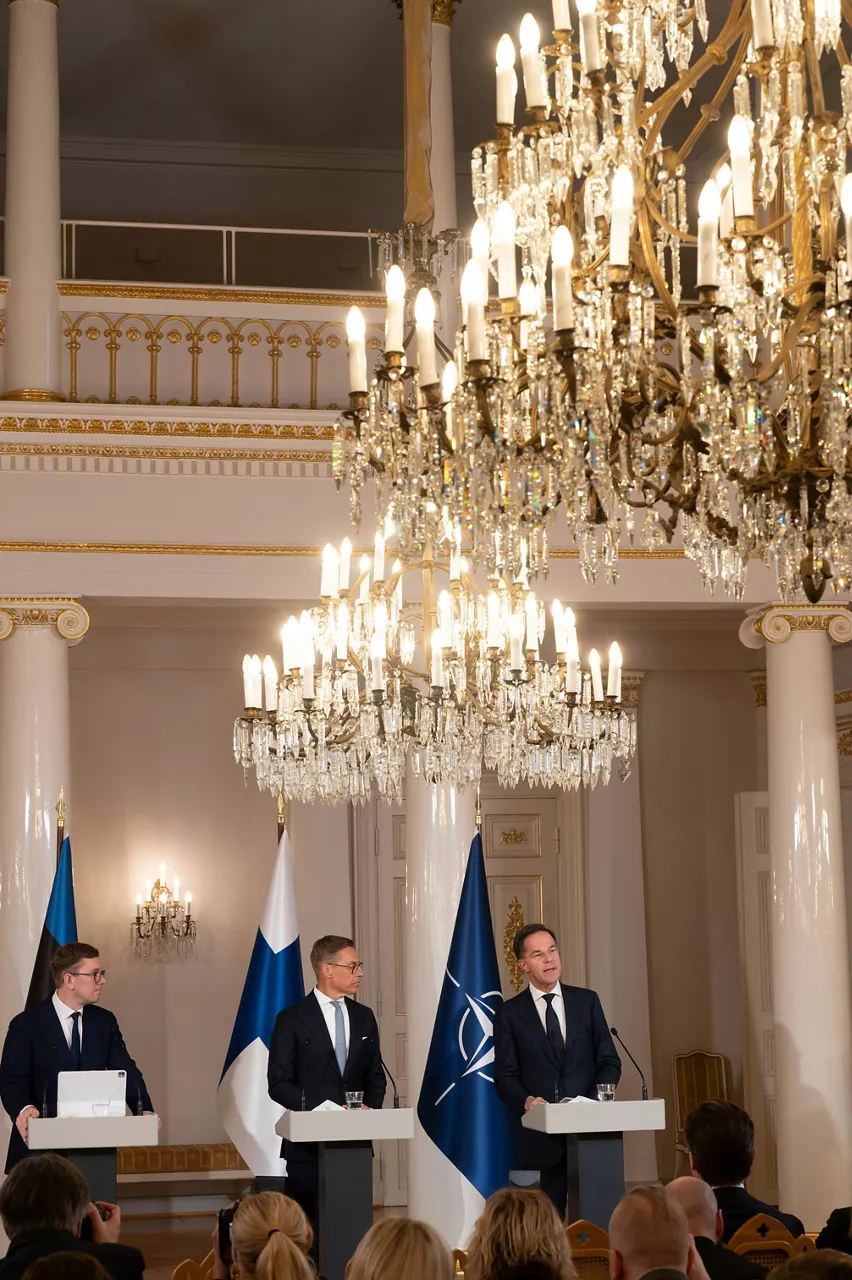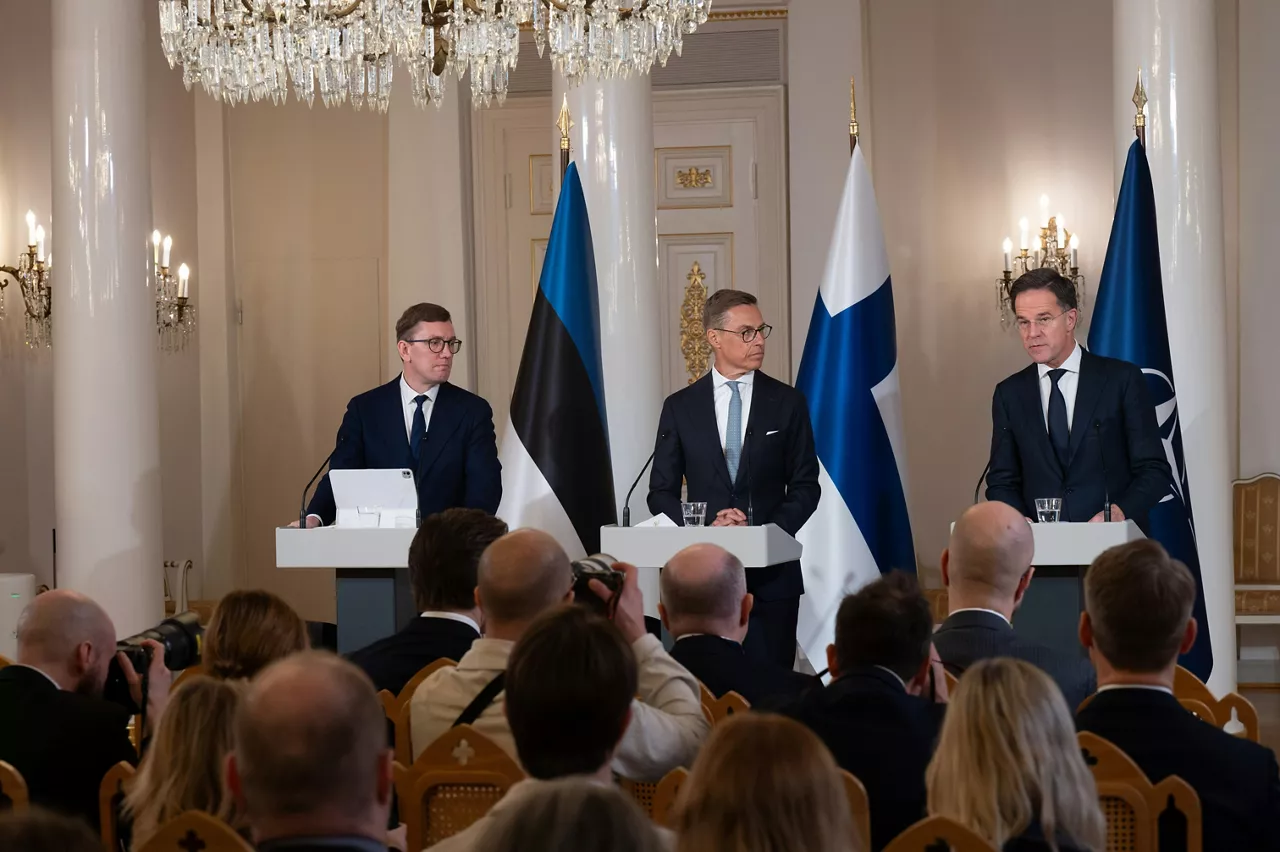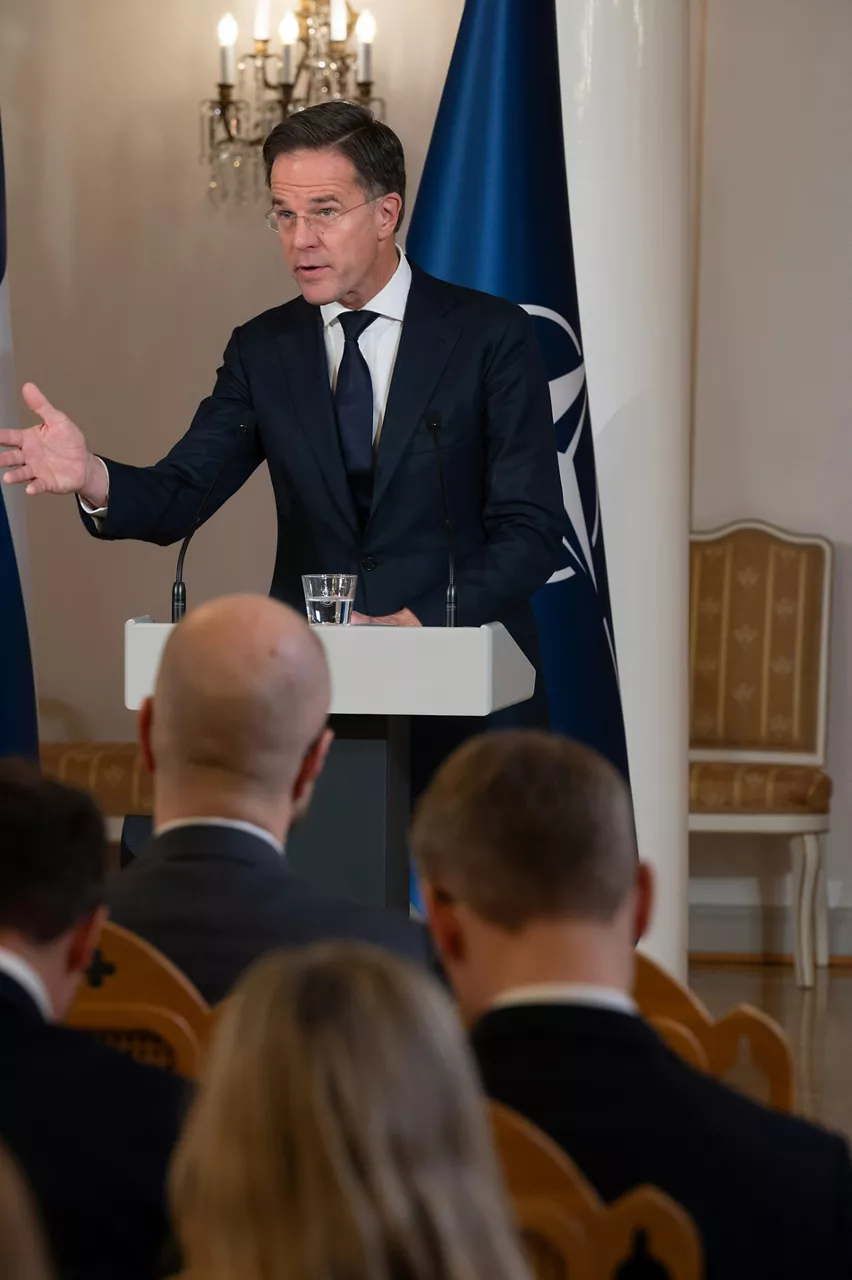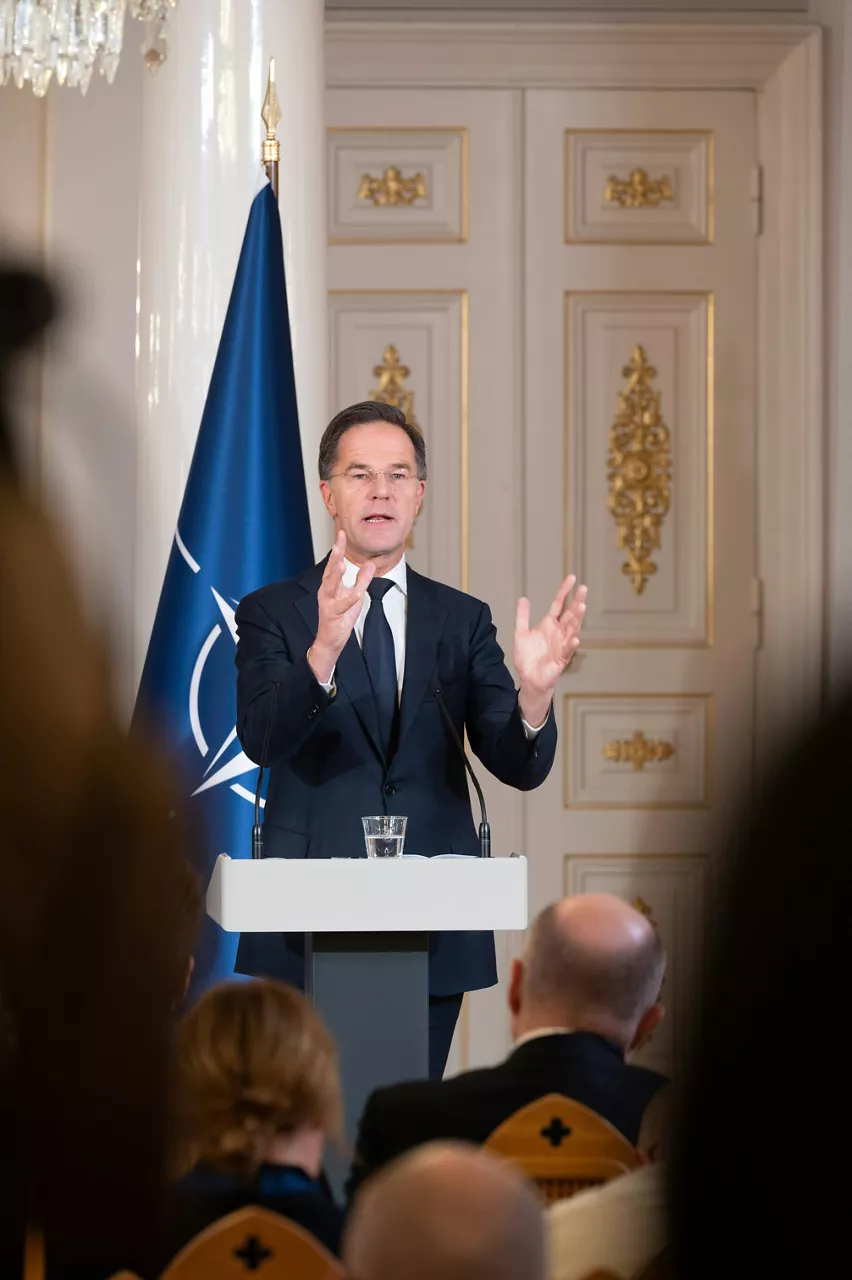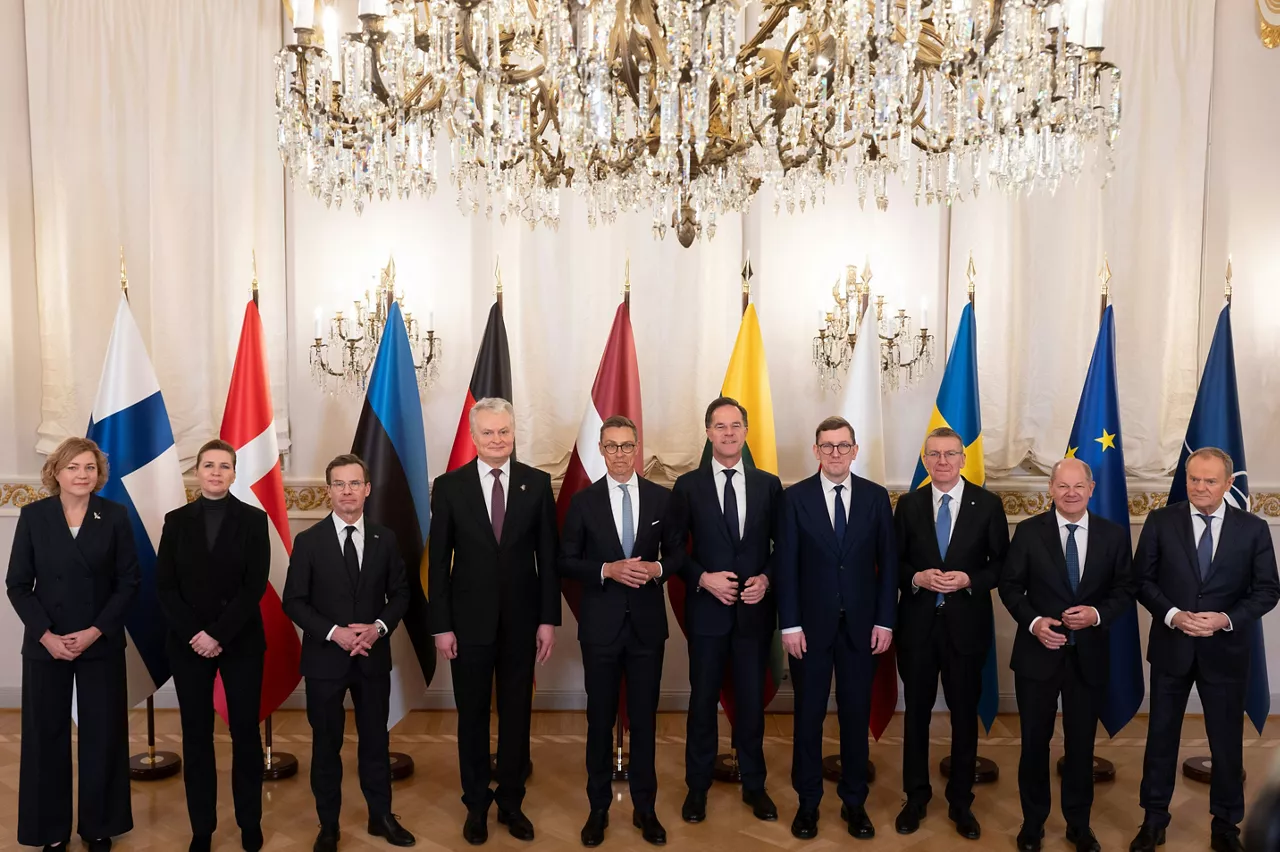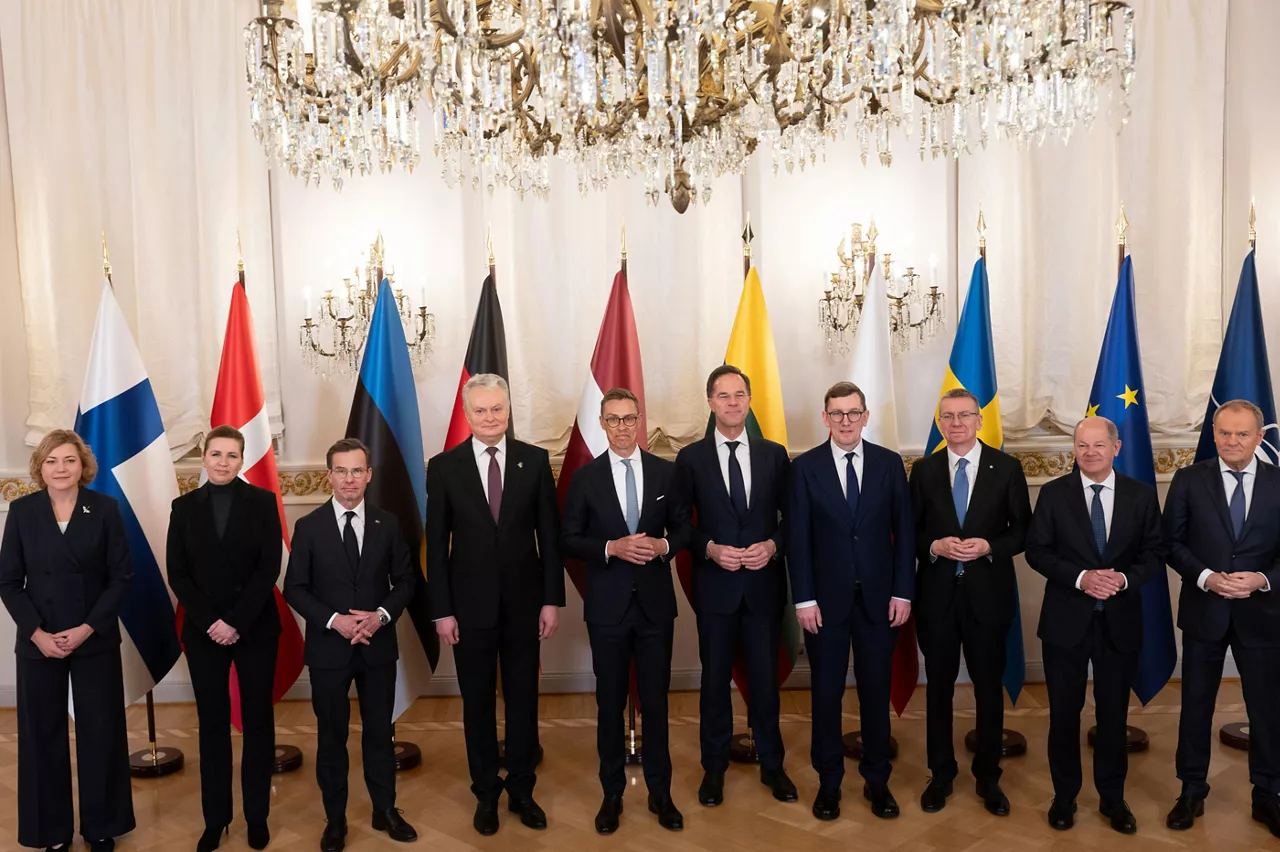Download NATO’s broadcast-quality video content free of charge

NATO MULTIMEDIA ACCOUNT
Access NATO’s broadcast-quality video content free of charge

Check your inbox and enter verification code
You have successfully created your account
From now on you can download videos from our website
Subscribe to our newsletter
If you would also like to subscribe to the newsletter and receive our latest updates, click on the button below.
Enter the email address you registered with and we will send you a code to reset your password.
Didn't receive a code? Send new Code
The password must be at least 12 characters long, no spaces, include upper/lowercase letters, numbers and symbols.
Your password has been updated
Click the button to return to the page you were on and log in with your new password.
NATO Secretary General, Mark Rutte co-hosted a Summit of Baltic Sea Allies on Tuesday (14 January 2025), along with President Alexander Stubb of Finland and Prime Minister Kristen Michal of Estonia.
At the meeting in Helsinki, Mr Rutte announced the launch of a new military activity by NATO to strengthen the protection of critical infrastructure. “Baltic Sentry” will enhance NATO’s military presence in the Baltic Sea and improve Allies’ ability to respond to destabilizing acts.
At the Summit, leaders from across the region addressed the growing threat to critical undersea infrastructure. The Secretary General said recent sabotage had damaged energy and communication cables, but he was confident that, “by working together with all Allies – we will do what it takes to ensure the safety and security not only of our critical infrastructure but of all that we hold dear.”
“Baltic Sentry” will involve a range of assets, including frigates and maritime patrol aircraft. The Secretary General also announced the deployment of new technologies, including a small fleet of naval drones, and highlighted that NATO will work with Allies to integrate national surveillance assets – all to improve the ability to protect critical undersea infrastructure and respond if required. NATO will work within the Critical Undersea Infrastructure Network, which includes industry, to explore further ways to protect infrastructure and improve resilience of underwater assets.
Mr Rutte also stressed the importance of robust enforcement. He highlighted how Finland has demonstrated that firm action within the law is possible, “Ship captains must understand that potential threats to our infrastructure will have consequences, including possible boarding, impounding, and arrest.”
For more information about Baltic Sentry, see the news release from NATO’s Supreme Headquarters Allied Powers Europe (SHAPE).
Allies participating in the Summit signed a joint declaration, the text of which is available here.
Related Assets
NATO Secretary General Mark Rutte visits Finland
NATO Secretary General Mark Rutte visits Finland
NATO Secretary General Mark Rutte visits Finland
NATO Secretary General Mark Rutte visits Finland
NATO Secretary General Mark Rutte visits Finland
NATO Secretary General Mark Rutte visits Finland
NATO Secretary General Mark Rutte visits Finland
NATO Secretary General Mark Rutte visits Finland
NATO Secretary General Mark Rutte visits Finland
NATO Secretary General Mark Rutte visits Finland
NATO Secretary General Mark Rutte visits Finland
NATO Secretary General Mark Rutte visits Finland
NATO Secretary General Mark Rutte visits Finland
NATO Secretary General Mark Rutte visits Finland
NATO Secretary General Mark Rutte visits Finland
NATO Secretary General Mark Rutte visits Finland
NATO Secretary General Mark Rutte visits Finland
NATO Secretary General Mark Rutte visits Finland
NATO Secretary General Mark Rutte visits Finland
NATO Secretary General Mark Rutte visits Finland
NATO Secretary General Mark Rutte visits Finland
NATO Secretary General Mark Rutte visits Finland
NATO Secretary General Mark Rutte visits Finland
NATO Secretary General Mark Rutte visits Finland
NATO Secretary General Mark Rutte visits Finland
GALLERIES
NATO Secretary General visits Finland






NATO Secretary General visits Finland
Baltic Sea NATO Allies Summit: Family portrait
Usage rights
CLOSE
This media asset is free for editorial broadcast, print, online and radio use. It is restricted for use for other purposes.
NATO Secretary General visits Finland
Baltic Sea NATO Allies Summit: Official greetings
Usage rights
CLOSE
This media asset is free for editorial broadcast, print, online and radio use. It is restricted for use for other purposes.
NATO Secretary General visits Finland
NATO Secretary General meets German Chancellor at Baltic Sea NATO Allies Summit
Usage rights
CLOSE
This media asset is free for editorial broadcast, print, online and radio use. It is restricted for use for other purposes.
NATO Secretary General visits Finland
Joint press conference by NATO Secretary General, the President of Finland and the Prime Minister of Estonia (Q&A 1/2)
Usage rights
CLOSE
This media asset is free for editorial broadcast, print, online and radio use. It is restricted for use for other purposes.
NATO Secretary General visits Finland
Joint press conference by NATO Secretary General, the President of Finland and the Prime Minister of Estonia (Q&A 2/2)
Usage rights
CLOSE
This media asset is free for editorial broadcast, print, online and radio use. It is restricted for use for other purposes.
NATO Secretary General visits Finland
Joint press conference by NATO Secretary General, the President of Finland and the Prime Minister of Estonia (opening remarks)
Usage rights
CLOSE
This media asset is free for editorial broadcast, print, online and radio use. It is restricted for use for other purposes.
TITLE
DATE
DURATION
Joint press conference by NATO Secretary General Mark Rutte with the President of Finland Alexander Stubb and the Prime Minister of Estonia Kristen Michal at the Baltic Sea NATO Allies Summit.
Related content
/


